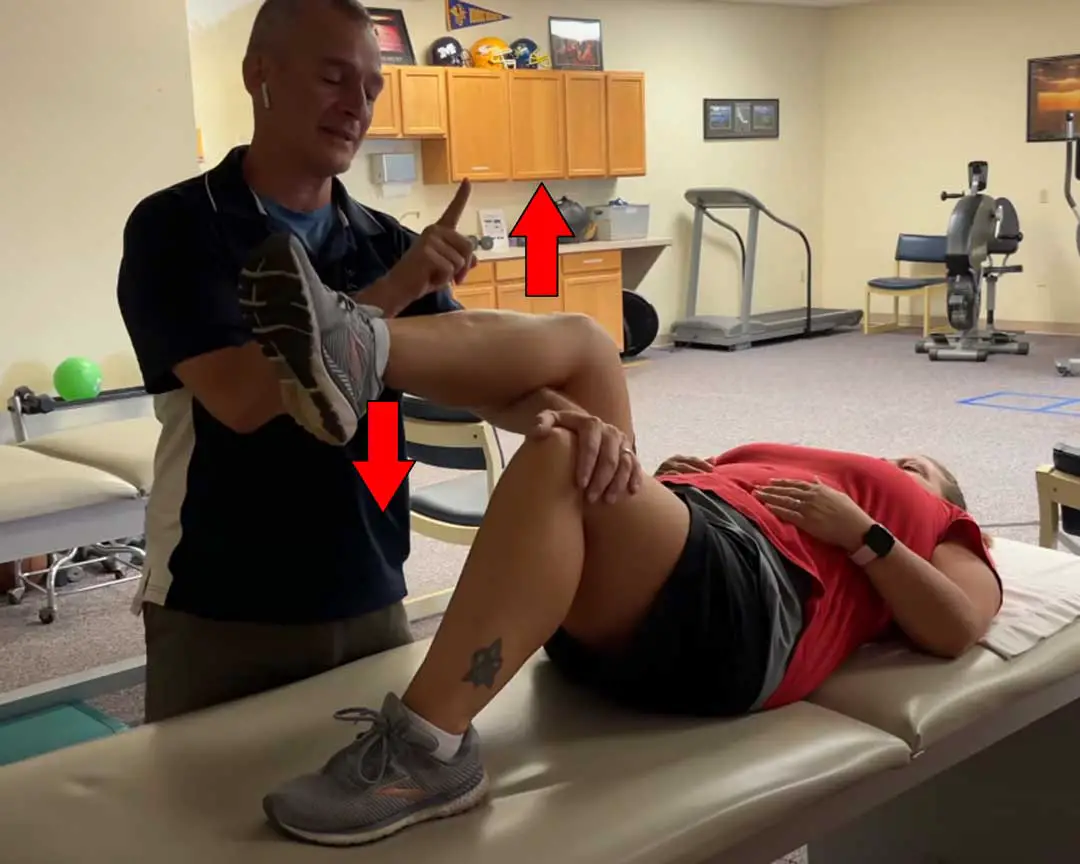Pinching Behind Your Knee After Total Knee Replacement
A common report I get from clients who are struggling to improve knee flexion is that they are feeling a pinch in the back of their knee as they try to bend it.
This pinching in the back of your could may be caused by the implant pinching the soft tissue or a baker’s cyst being compressed during flexion.
In this article we will discuss the first reason you may feel pinching behind the knee and how you can resolve this issue.
Soft Tissue Pinching
Anatomy
First, it is important to understand the basic anatomy of the knee. Specifically, the back of the knee starting with the most superficial layer includes the skin. Below the skin is a layer of fascia. Below that is a series of layers which include the hamstring tendones, joint capsule connective tissue, and eventually bone or implant.
How the Knee Bends – Mechanically
Since the knee is a hinge joint, there are two movements involved in flexing the knee. These two movements are referred to as rolling and gliding.
Roll and Glide
When you are standing, the distal end of the femur rolls backward while gliding forward as you lower your body into a squat position. Imagine yourself moving from upright standing to sitting in a chair.
As the femur rolls back and glides forward over the tibia your knee creates tension at the front of the knee and laxity in the back of the knee. If some of that lose connective tissue at the back of the knee gets pinched in the rolling or gliding motion you will feel sharp pain in the back of the knee.
How to Stop the Pinching
In the clinic, we would test this hypothosis by creating a forward pressure at the top of the tibia while flexing the knee. If this eliminates the pinching sensation during flexion there is a good chance that we have correctly diagnosed the problem.
Then the next step is to work on mobilizing the tibia during knee flexion to avoid pinching the posterior structures until the knee is able to flex naturally without pain.

* In the image above you can see how I am gliding the tibia anteriorly to allow the rolling action to happen without pinching the soft tissue behind the knee.

Anthony Maritato, PT
Physical Therapist
Anthony Maritato, PT has been a licensed physical therapist and private practice owner since 2006. Ohio license #PT011602.
Anthony has been passionate about helping patients recover from total knee replacement surgery as well as rotator cuff repair surgery.